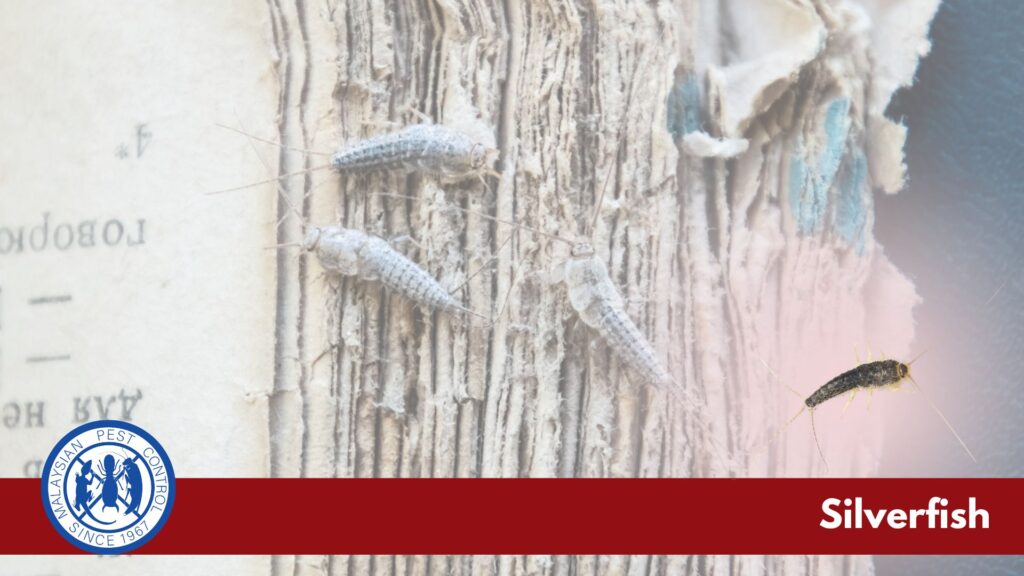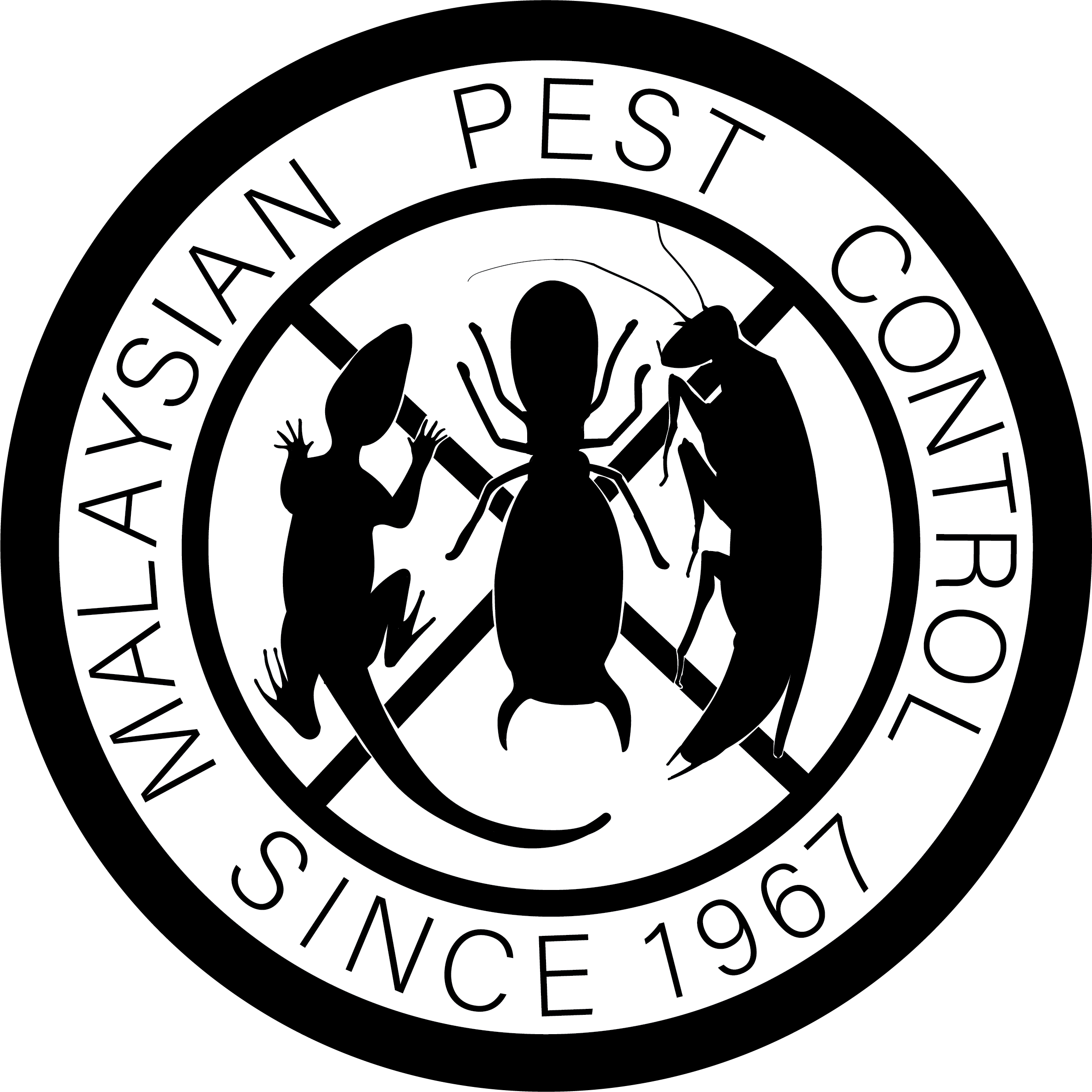About Silverfish

Silverfish (Lepisma saccharina) are small, wingless insects known for their distinctive fish-like shape and movements. They belong to the order Zygentoma and are considered pests in homes and libraries due to their diet, which includes paper, glue, and various starchy materials. Here’s a comprehensive overview of silverfish, following the structured approach:
Introduction to Silverfish
- Characteristics: Silverfish are characterized by their silvery-gray and metallic appearance, teardrop-shaped bodies, and three long bristles on the rear. They measure about 0.5 to 1 inch (12-25 mm) in length.
- Significance: While they do not pose a direct threat to human health, silverfish can damage books, wallpapers, clothing, and various carbohydrate-rich materials in homes.
Biology and Lifecycle
- Egg Stage
- Female silverfish lay eggs in small crevices and cracks, often in damp, dark places.
- Timeframe: Eggs typically hatch within 20 to 60 days, depending on environmental conditions.
- Nymph Stage
- Nymphs resemble smaller adults and go through numerous molts throughout their life.
- Development: They can molt 17 to 66 times during their lifetime, even continuing to molt after reaching sexual maturity.
- Timeframe: It can take three months to three years for nymphs to mature into adults, heavily influenced by climate and food availability.
- Adult Stage
- Adults can live for an additional 2 to 8 years. Their longevity and continued molting are unique among insects.
- Reproduction: Silverfish are capable of reproducing a few months after reaching adulthood, with females laying up to 100 eggs during their lifetime.
Behaviour and Habitat
- Feeding Habits: Silverfish consume carbohydrates, particularly sugars and starches. Their diet includes glue, book bindings, paper, photos, sugar, coffee, hair, dandruff, and some types of fabric.
- Habitat: They prefer dark, damp environments with high humidity, such as basements, kitchens, bathrooms, and attics. Silverfish are nocturnal and are known to roam quite far in search of food.
Interaction with Humans and Pets
- Damage: Silverfish can cause damage to household items, including books, clothing, and wallpapers, by feeding on them or by the marks they leave while searching for food.
- Health Risks: They are not known to carry diseases harmful to humans or pets, but their presence can indicate excessive moisture that might lead to mold or mildew problems.
Environmental and Economic Impact
- Economic Loss: The primary impact of silverfish is economic, due to the damage they cause to personal property, especially items with sentimental or monetary value like family albums or rare books.
- Indicators of Moisture Problems: Their presence often highlights issues with dampness in buildings, prompting necessary repairs to prevent more serious damage from mold and structural decay.
Management and Prevention
- Humidity Control: Reducing humidity in the home through the use of dehumidifiers and improving ventilation can help deter silverfish infestations.
- Sanitation: Regularly vacuuming and cleaning to remove food sources, such as crumbs and debris, can help prevent silverfish.
- Exclusion: Sealing cracks and crevices in walls, floors, and around utility lines can prevent silverfish from entering the home.



